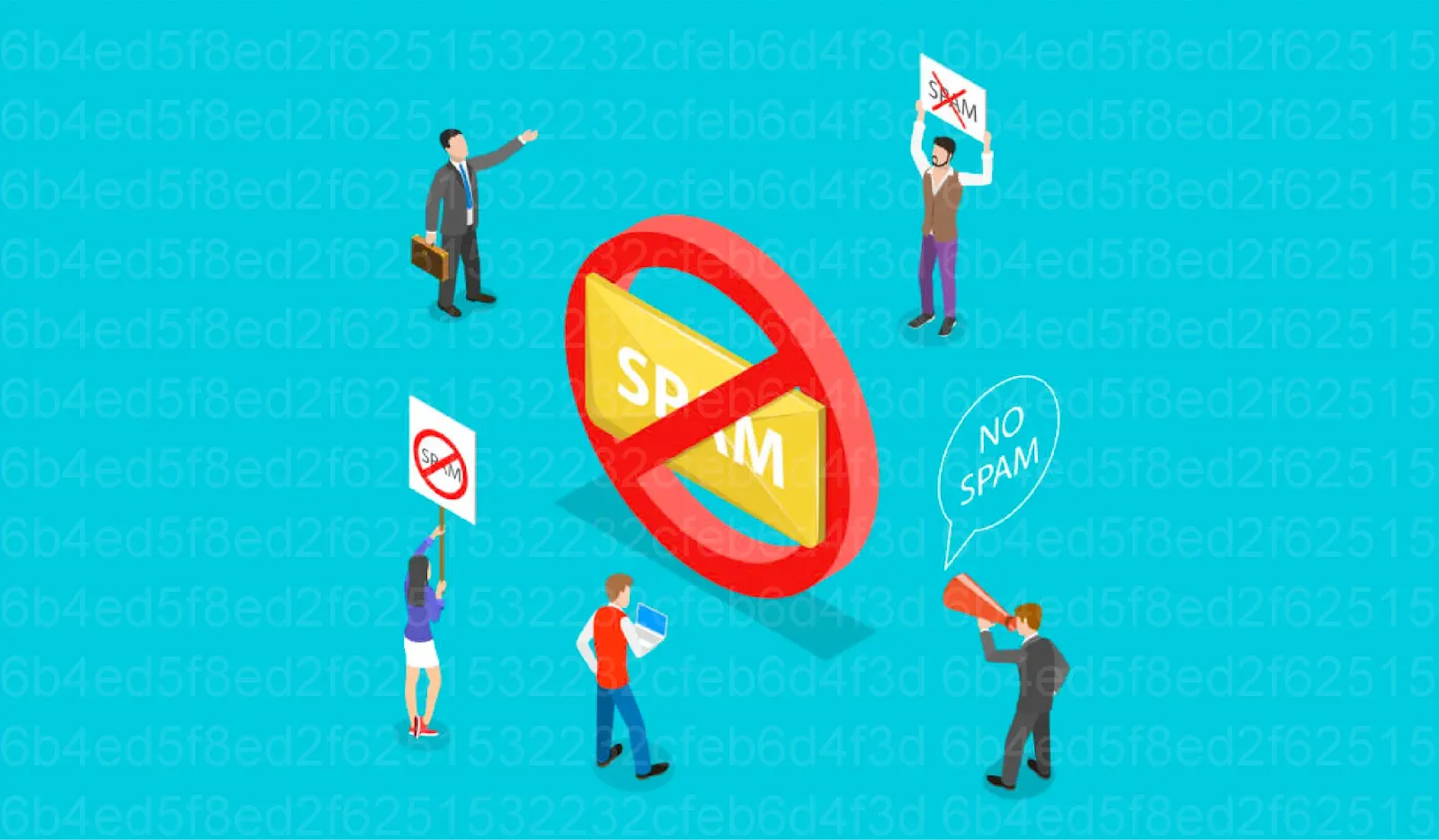Spam is a common problem that most WordPress sites face. From spam comments to fake account registrations, spam not only hurts the user experience but can also endanger the website. In this article, we will show you how to prevent spam on WordPress, help protect your data, and maintain the safety of your website.
Step 1: Install Anti-Spam Plugin
WordPress offers many anti-spam plugins that help you easily manage and prevent spam comments. The most popular plugin to fight spam is Akismet Anti-Spam.
How to Install Akismet Plugin
- Access the WordPress dashboard, go to Plugins -> Add New (New addition).
- Search for plugins Akismet Anti-Spam and click Install Now (Install now).
- Once installed, click Activate (Activate).
- Register an account on the site Akismet to get the API key and activate the plugin.

Akismet automatically checks and filters spam comments, helping you maintain a clean and safe environment on your website.
Step 2: Use CAPTCHA To Prevent Spam
One of the most effective ways to prevent automated bots from sending spam is to use CAPTCHA. CAPTCHA requires users to verify that they are not a robot before taking an action such as submitting a comment or registering an account.
How to Add CAPTCHA to a Form
- Access the WordPress dashboard, go to Plugins -> Add New.
- Search for plugins reCAPTCHA by BestWebSoft and click Install Now.
- Once installed, click Activate and configure the plugin with the Google reCAPTCHA API key.
- The plugin will add reCAPTCHA to forms like login, comments, and registration to prevent spam bots.
Using CAPTCHA is a powerful way to prevent spam bots and protect your website’s forms from automated attacks.
Step 3: Adjust Comment Settings
WordPress offers comment configuration options to help you control and manage comments more effectively. By adjusting your comment settings, you can reduce your risk of spam.
How to Adjust Comment Settings
- Access the WordPress dashboard, go to Setting -> Discuss.
- Select the option to require an admin to review all comments before they are displayed on the page.
- Enable the option to require users to provide their name and email before posting a comment.
- Limit the number of links per comment, as comments containing many links are often spam.
- Block specific keywords, phrases or IP addresses in the blacklist section of comments.
Adjusting comment settings is a simple but effective way to reduce spam comments and keep the discussion on your site healthy.
Step 4: Use Honeypot to Prevent Spam
Honeypot is another spam prevention technique that adds hidden fields to forms that only spam bots can see and fill out. If a bot fills in these fields, the system will automatically reject comments or registrations.
How to Add a Honeypot to WordPress
- Install plugins WPBruiser (no CAPTCHA required) from the WordPress plugin repository.
- Upon activation, the plugin will automatically add honeypot fields to your on-page forms to block spam bots.
Honeypots are an effective anti-spam solution that doesn’t inconvenience real users, as they don’t have to go through complicated verification steps like CAPTCHA.
Step 5: Secure User Registration Form
Some websites allow users to register accounts, and spam bots can take advantage of this feature to create fake accounts. You can protect your registration form by adding a CAPTCHA or requiring email confirmation.
How to Secure Registration Forms
- Add CAPTCHA to the registration form to prevent spam bots as instructed in step 2.
- Enable the option to require users to confirm their registration via email before their account is activated.
Not only does this help prevent spam bots, but it also ensures that users actually have access to the email they signed up for.
Effective Spam Prevention Tips
- Check and manage comments regularly: Take the time to browse and delete leftover spam comments that plugins cannot detect.
- Use security plugins: Security plugins like Wordfence not only prevents spam but also protects the website from malicious attacks.
- Block spam IPs: If you notice that a particular IP address is sending spam consistently, block that IP directly from the WordPress dashboard.
Spam WordPress
Spam prevention on WordPress is an important step to protect your data and keep your website safe and professional. By using anti-spam plugins, adjusting comment settings, and adding security layers like CAPTCHA or Honeypot, you can effectively prevent spam attacks. Apply the above methods today to maintain a clean and secure website!

